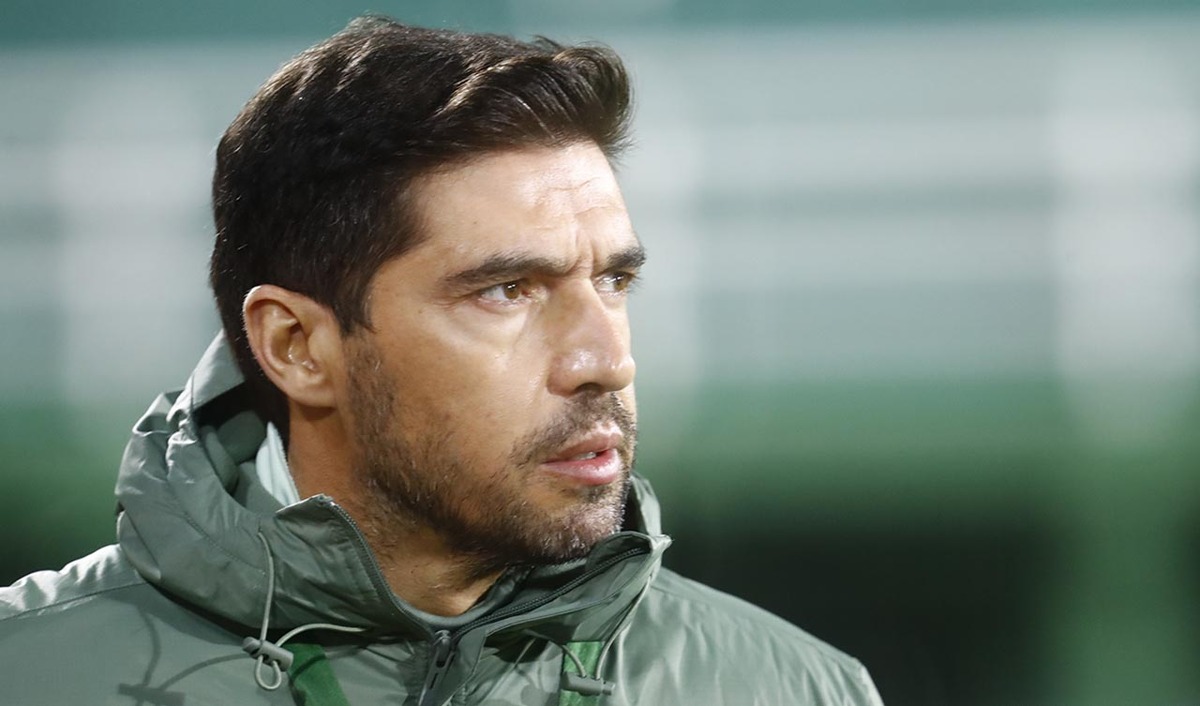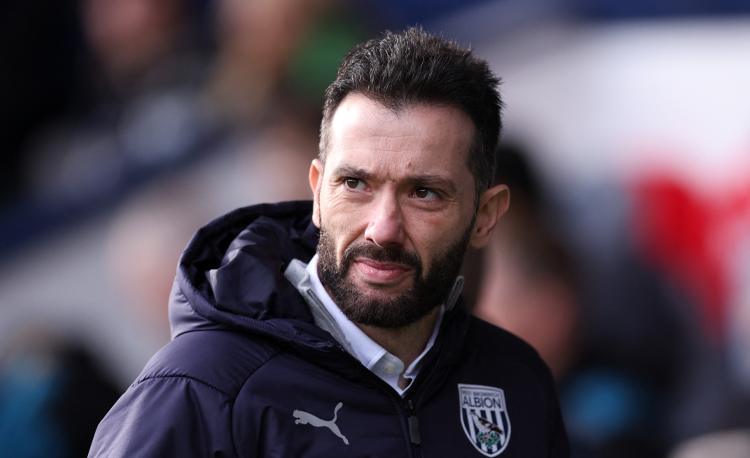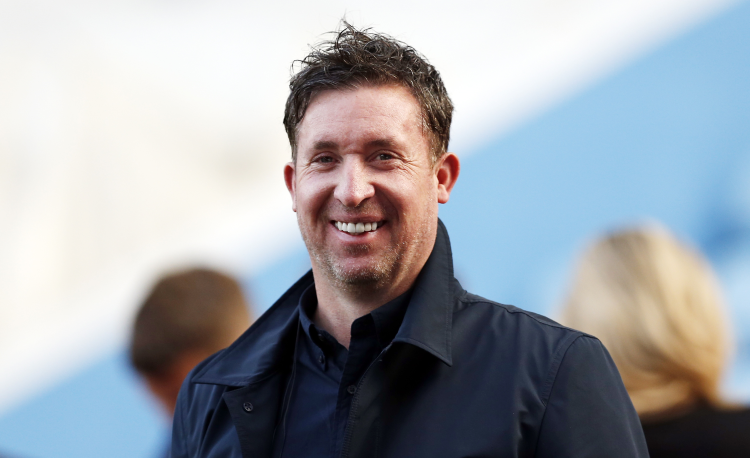You are viewing 1 of your 1 free articles
Moments of the game
| Area | Two-thirds of pitch |
| Equipment | Balls, bibs, cones, 4 small goals, 2 full size goals |
| No. of Players | Up to 20 players + 2 goalkeepers |
| Session Time | Inter-sectorial game: 25mins Control game: 30mins Context game: 10mins |
In this session, we will illustrate the type of training we do so our players understand the principles of certain situations that occur in the game.
As technical staff, we believe that in modern football one of the most important things for teams that want to compete for titles is that they need to be ‘balanced’. They need to have game patterns and understand they can be stronger in one moment of the game than in others, but they can’t be weak in any moment.
More than ever, football is being decided by the small details, and no match will have the same context for 90 minutes. For that reason, we need to prepare the players for this variability in the game.
To create this context in training, more than using different exercises, we need to put players in different zones of the pitch (the specific zone for the relevant type of moment) and create rules that simulate what we want. We believe that the best exercises are those that can be more specific and represent all aspects of the game.
For this session, our technical staff divides the pitch into zones and channels. In this type of exercise the most important parts are the zones as we have different offensive and defensive principles for each zone. If we want specific training, it’s very important to work on the principles in the zone that we want them to happen.
We can only do this kind of exercise when we believe the players understand the principles that they need in a specific zone. When they understand it, they need to practise in the specific zone, in a situation as close to the game as possible. This is why we believe players like these exercises, because they are very similar to the real game.
Although we can create the context in training, it is not so specific as to be like a real match, because the pressure to try to draw a game when we are losing in the championship is different than in training.. For instance, the emotion and pressure are much higher on a match day. However, this is a good preparation for the players.
We would run this type of training once every two weeks. This is the kind of training we do the day after the game, with players that don’t play, and we can call in kids from the academy to make up the numbers if necessary.
INTER-SECTORIAL GAME
We set up on two thirds of a pitch with a full size goal and a goalkeeper at one end and four small goals just over the halfway line at the other end. Zones and channels are marked on the pitch, as shown in the diagrams.
In this exercise we are using 15 outfield players, split into a red team of seven defenders and midfielders who start off defending the normal goal and counter-attacking the four small goals, and a blue team of eight attackers and midfielders who start defending the four small goals and attack the normal goal. A second goalkeeper starts beyond the four small goals to act as a bounce player for the counter-attacking red team.
Play initially starts and restarts with the blue team who need to build an attack on the normal goal, creating a situation that means if they lose possession they are able to react quickly and strongly press the ball to block the transition of the opponents to counter-attack.
The defending red team start holding the ‘organise pressure’ line that is designed to maintain their line in the game, without being a rule. This team is encouraged to stay in this line and defend in zone1. Their main aim is to defend the normal goal, and win the ball to make an offensive transition to attack one of the four small goals. This team will work as if in control of the game without the ball and counter- attack on winning it.
When the blues are attacking we want to see them trying to create superiority in one of the three central channels. They should always try to attack the space in depth, with movements both with and without the ball and they should attack the penalty area with as many players as possible at the moment the ball is crossed, as shown [1a].
[1a]
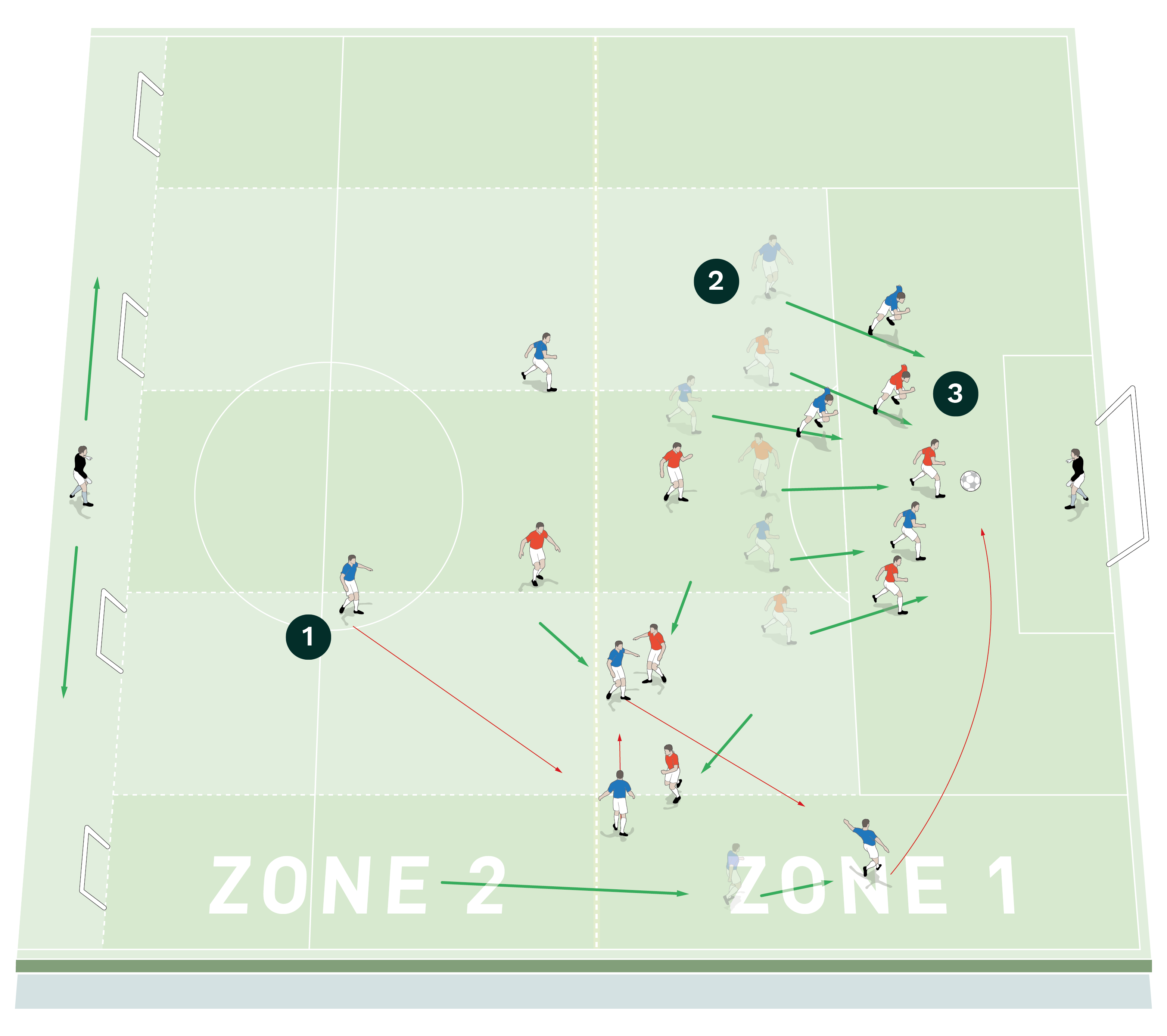
2. The blues should create superiority in one of the three central channels and try to flood the penalty area with players when a cross comes in
3. The main aim for the red team is to hold their line in zone 1 and defend the main goal. They should try to control the game without possession and secure the space in the inside channels
When defending, the red team should always look to secure the inside channels, stopping the opposition from winning the space in depth. We want to see good positioning in the box and effective marking to defend the goal.
When they win possession the reds should quickly counter-attack the four small goals and to do this, they need to break the pressure of the blues. To score they can use the help of a second goalkeeper positioned beyond the small goals as a bounce player, as shown [1b].
When counter-attacking, the reds only have seven seconds to score. If they go over this time limit, the game stops and restarts with the blues again.
After seven minutes the teams switch places. The blues now defend the normal goal and counter-attack the four small goals. The reds now defend the four small goals and start with the ball.
The new objective for the red team of seven defenders and midfielders is to score in the main goal.
To do so, they have the support of the extra keeper to help in the circulation of ball from behind, acting like a central defender. The reds will be encouraged to create danger, with their full backs working as wingers and arriving in the penalty area, and the midfielders creating danger with movements into the depths and dribbles to create space, as shown [1c]. This team will have an attitude of clear offensive aggression, as can happen in certain moments of the game, usually when we are losing and we need to chase a good result.
[1b]
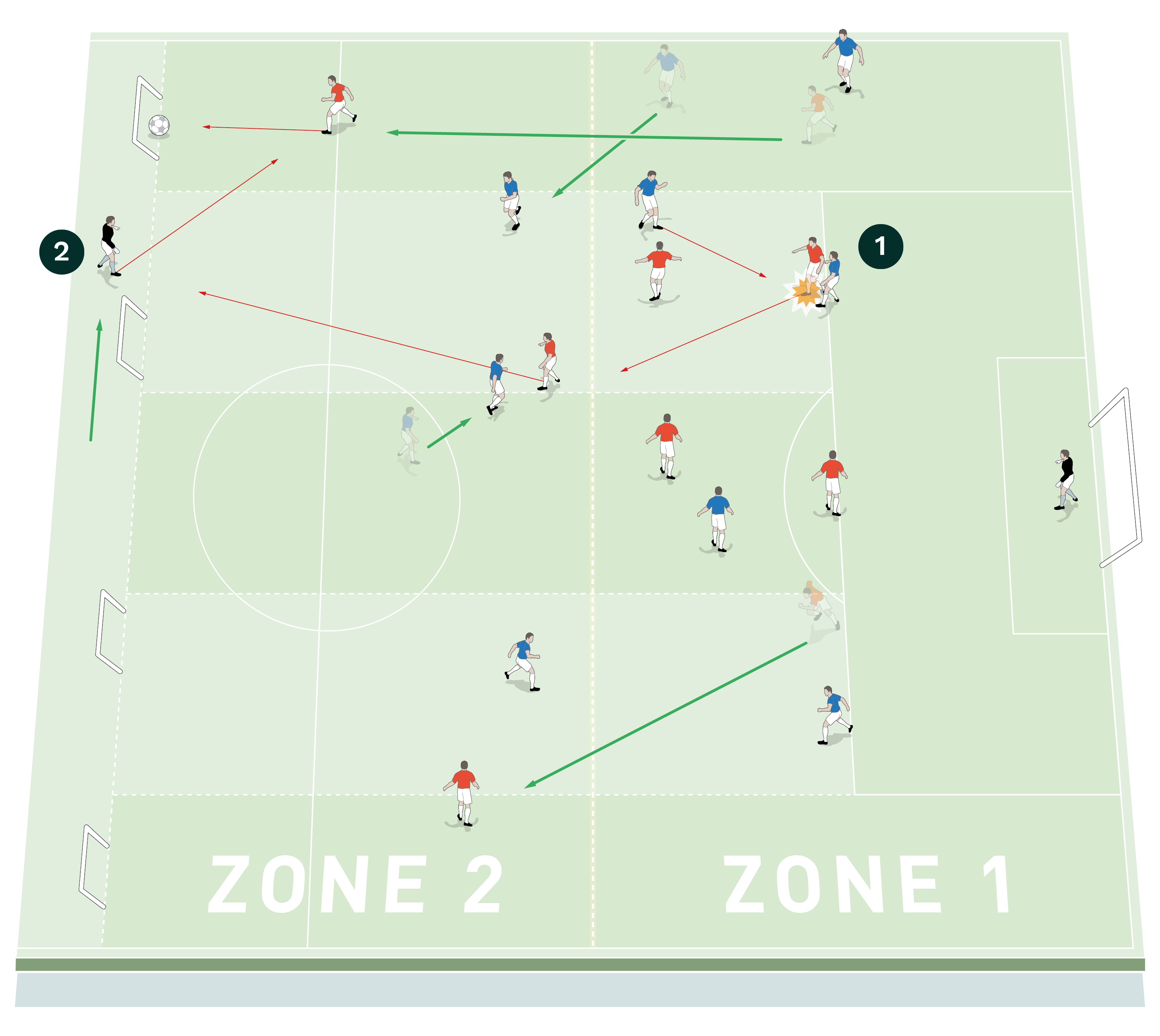
2. To score the reds can use the help of a second goalkeeper positioned beyond the small goals as a bounce player
[1c]
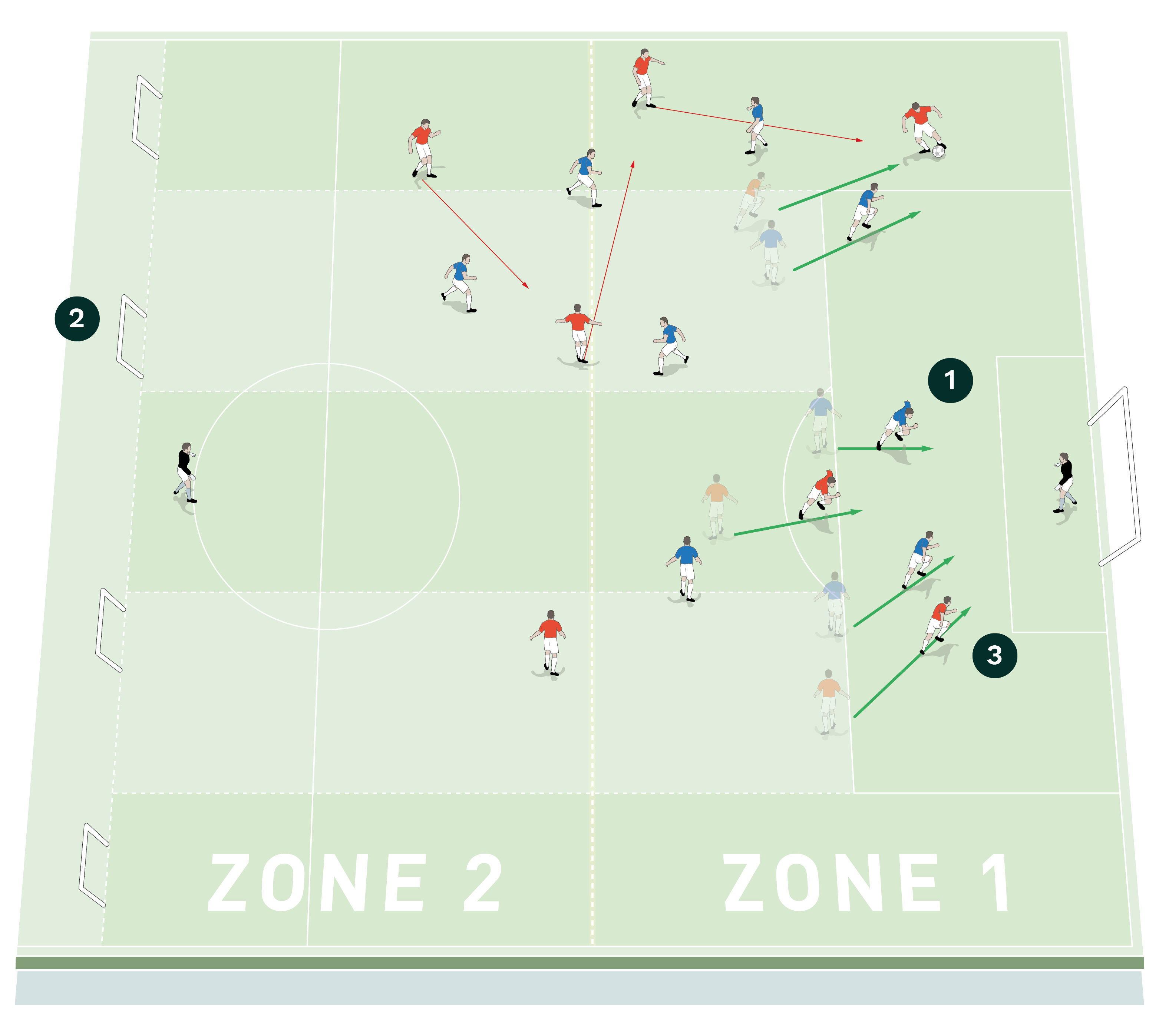
2. The reds now defend the four small goals and start with the ball
3. The reds will be encouraged to create danger, with their full backs working as wingers and the midfielders making runs from deep
[1d]
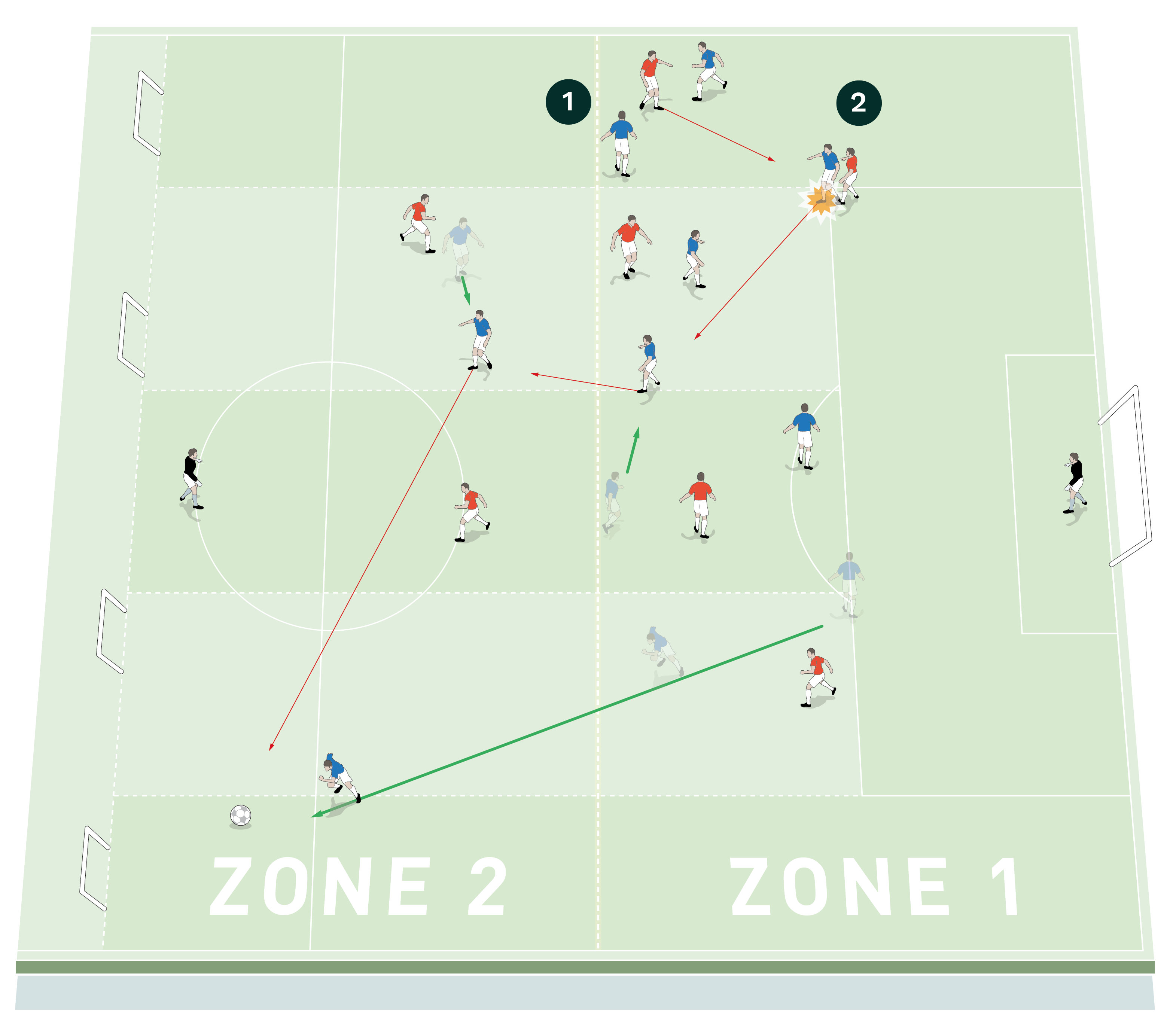
2. When the blues win the ball, they will have to make the quick transition to attacking one of the four small goals. They have just seven seconds to score
The blue team of eight attackers and defenders are now defending the zones closest to the main goal and will have to drop into the penalty area many times to defend. This means the blue forwards will have to be solid and close down the space outside of the box, as will often happen when a team is really suffering in a game and they need to be ultra-compact to maintain a result. When they win the ball, they will have to make the quick transition to attacking one of the four small goals, as shown [1d].
“The blue forwards will have to be solid and close down the space outside of the box, as will happen when a team is really suffering in a game”
CONTROL GAME
We set up as shown on two thirds of a pitch with a full size goal and goalkeeper at each end. We’re using 20 outfield players split into two teams of 11 including goalkeepers. We play a normal 11v11 game, giving the players the opportunity to decide on and feel for the moments where they use full pressure, as shown [2], or defend space, and when to choose the moments with the ball to be either more aggressive or control the game.
Although most normal 11v11 rules apply, in each period the ball only starts with one team – so it will always start and restart with the reds in the first half of the game and then the blues start with the ball in the second half.
Although normal rules apply, players are still obliged to make a quick offensive transition when regaining the ball and they must score within just seven seconds of regaining possession.
If they fail to score within seven seconds, they lose the ball and play restarts with the opposition. We play for 30 minutes and at half time the teams will change ends.
[2]

2. If the team without the ball wins possession, they must score within just seven seconds. If they fail, they lose the ball and play restarts with the opposition
“Although 11v11 rules apply, in each period the ball only starts with one team – so it will always start with the reds in the first half”
CONTROL GAME
[3a]
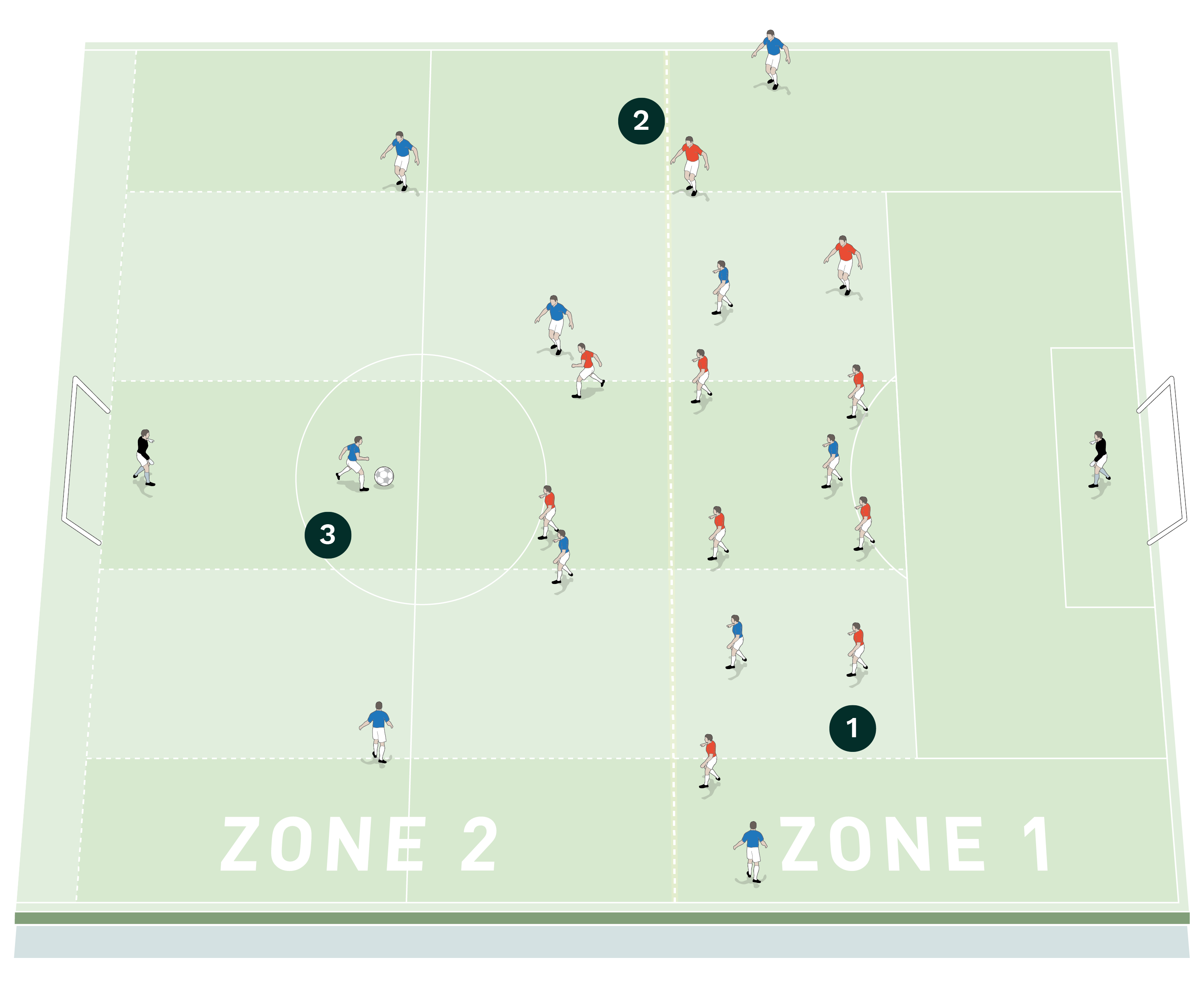
2. If the team that is winning scores, it only counts as one goal
3. If the team that is losing scores a goal, this goal is worth double
At the end of the Control Game, we hope that one of the teams is winning. We will give the team that is winning the advantage of defending the normal penalty area, as shown [3a].
The exercise now only has one extra rule: if the team that is losing scores a goal, this goal is worth double, so they will be leading the score. If the team that is winning scores, it only counts as one goal.
“The exercise now only has one extra rule: if the team that is losing scores a goal, this goal is worth double”
These extra scoring contexts in the game will provoke different behaviours from each team, as would tend to happen in a real game.
This final exercise can also be a moment to practise our plan B, with an aggressive formation used for the team that is losing (we set them up in a 3-1-4-2 system) and a more defensive formation for the team that is winning (we set them up in a 5-4-1 system), as shown [3b].
We play this game for 10 minutes.
[3b]
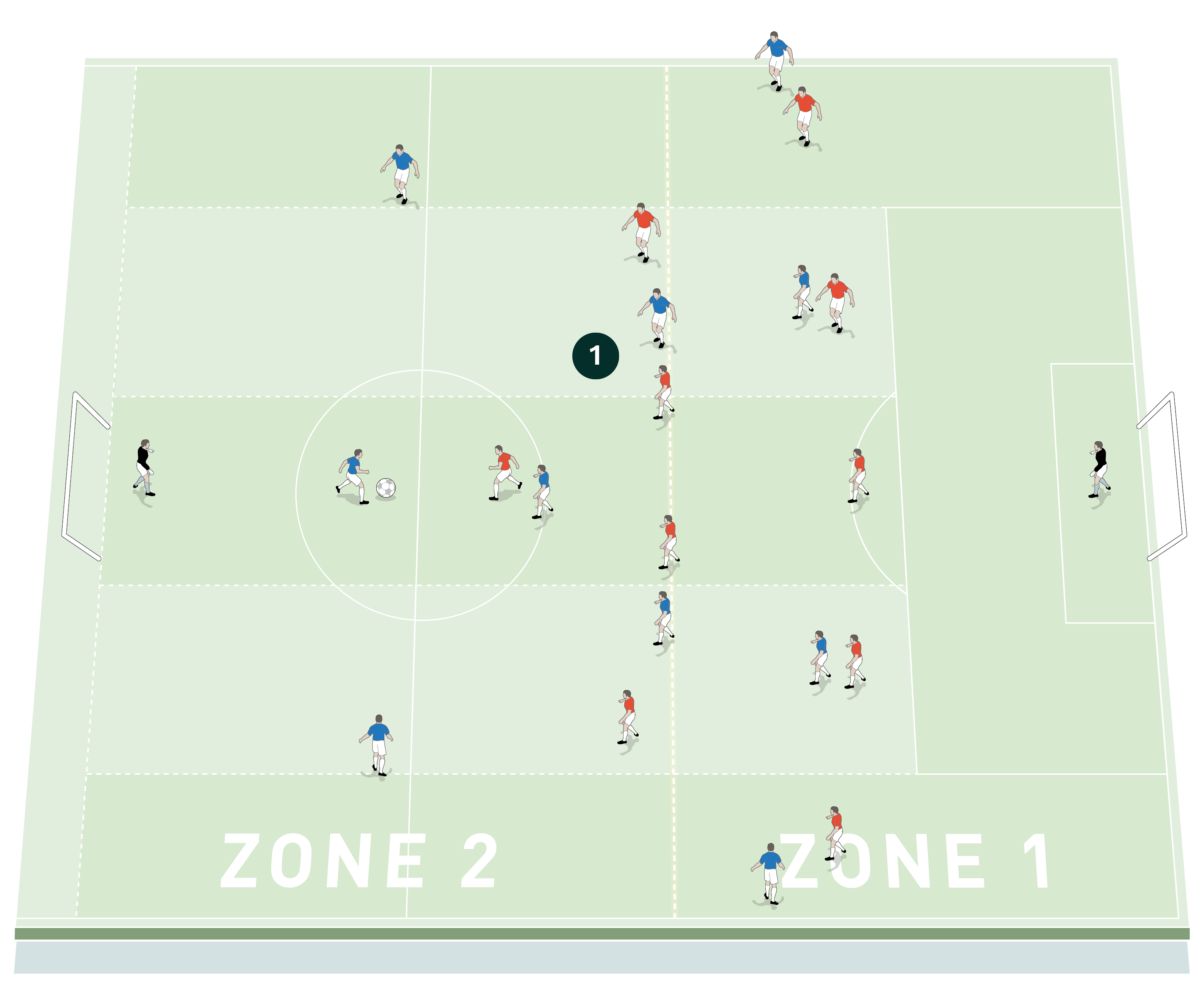
COACHING POINTS
What are the key things to look for?
This is a type of exercise where the tactical aspect is much more important than technical considerations. All the tactical aspects need to be related to our game model.
When we are attacking, we want a good positional game, with one man giving width to the team on each side of the field, and the other players inside. They have mobility, but in their positions. All the players need to have three passing lines available to them – one wide, another in support and one deep – so they can decide on the best option. That means that players need to make the correct movements of the ball to give options to their team mates.
While defending, we give attention to always being compact, with no space between the lines – that means we press together. Players need to encourage their opponents to play into the outside channels, being aggressive to press when there is a pass from the central defender to the full back and with the team only defending in the three central channels. When an opponent beats our pressure, we need to be fast to get the team compact again in a lower zone of the pitch.
What are the typical mistakes players might make and how do I avoid them?
In this type of exercise, the players are sometimes less focused on the behaviours of closing space without the ball, especially the team that has more players. For the team that has the defenders, often they want to defend very close to the goal but we need to encourage them to do their defending higher up the pitch.
Sometimes we need to stop the game to correct poor behaviours and we can create new scenarios to restart the ball – for example, when the attacking team are defending, we can restart play with one player making a recovery run to simulate moments when we don’t have the team totally balanced and one of the other players needs to make an adjustment.
Related Files
Editor's Picks
Using the goalkeeper in build-up play
Pressing principles
Intensive boxes drill with goals
Penetrating the final third
Creating and finishing
My philosophy
Pressing initiation
Compact team movement
Defensive organisation
Coaches' Testimonials

Alan Pardew

Arsène Wenger

Brendan Rodgers

Carlos Carvalhal

José Mourinho

Jürgen Klopp

Pep Guardiola

Roy Hodgson

Sir Alex Ferguson

Steven Gerrard
Related
Coaches' Testimonials

Gerald Kearney, Downtown Las Vegas Soccer Club

Paul Butler, Florida, USA

Rick Shields, Springboro, USA

Tony Green, Pierrefonds Titans, Quebec, Canada
Join the world's leading coaches and managers and discover for yourself one of the best kept secrets in coaching. No other training tool on the planet is written or read by the calibre of names you’ll find in Elite Soccer.
In a recent survey 92% of subscribers said Elite Soccer makes them more confident, 89% said it makes them a more effective coach and 91% said it makes them more inspired.
Get Monthly Inspiration
All the latest techniques and approaches
Since 2010 Elite Soccer has given subscribers exclusive insight into the training ground practices of the world’s best coaches. Published in partnership with the League Managers Association we have unparalleled access to the leading lights in the English leagues, as well as a host of international managers.
Elite Soccer exclusively features sessions written by the coaches themselves. There are no observed sessions and no sessions “in the style of”, just first-hand advice delivered direct to you from the coach.
